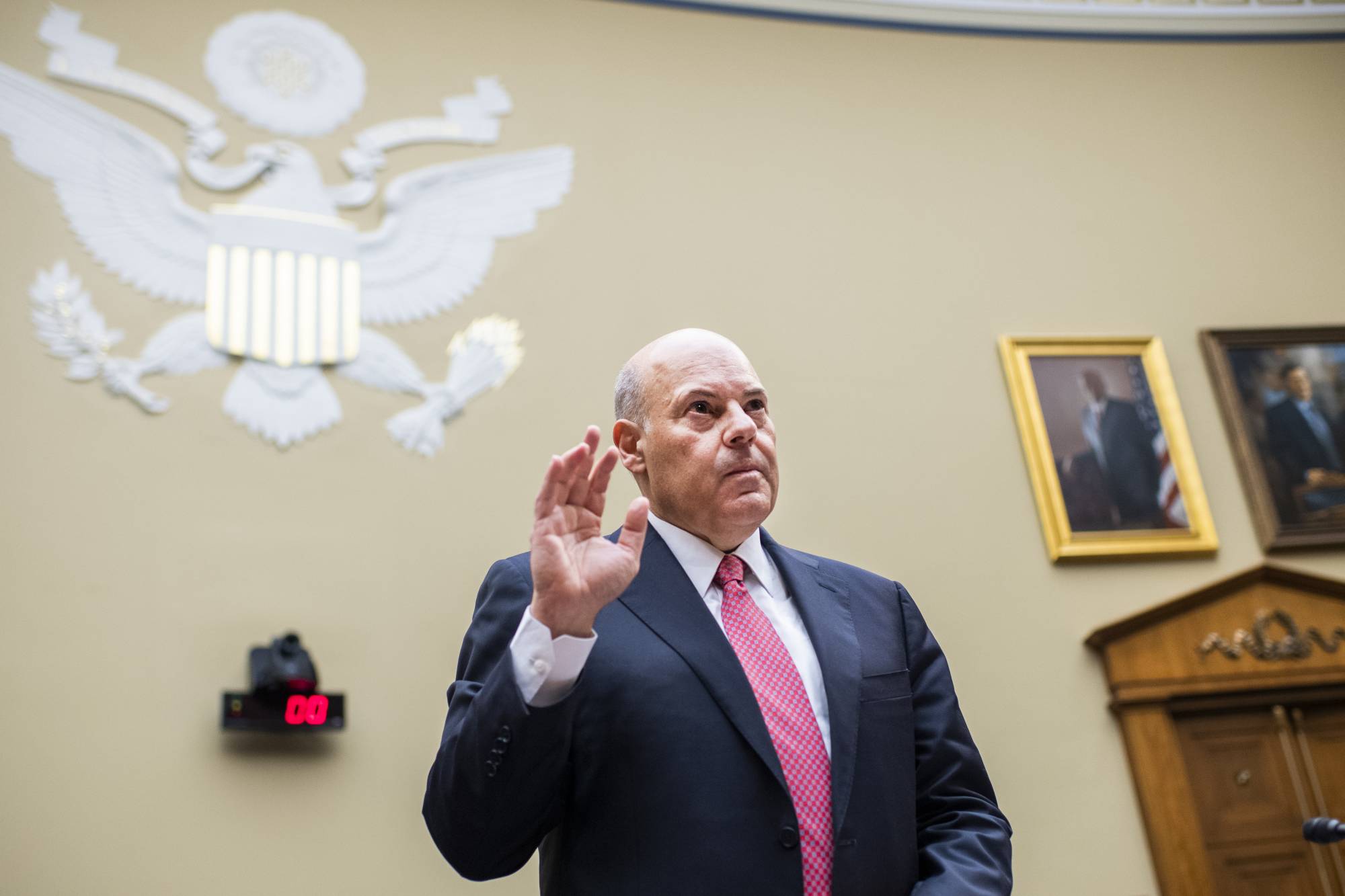Report: Cows, chickens taint Shenandoah River with E. coli
The bucolic Shenandoah River is sending some not-so-lovely material downstream, according to a new report that finds Virginia is failing to adequately manage wa...
RICHMOND, Va. (AP) — Excessive livestock manure from millions of turkeys, chickens and cows in Virginia is making its way into the Shenandoah River, polluting the scenic waterway with unsafe levels of E. coli, according to a new report from an environmental advocacy group.
The Environmental Integrity Project analyzed hundreds of state records for the report released Wednesday. In addition to E. coli, which can sicken the swimmers, fishermen and tubers who flock to the river, the report also found elevated levels of phosphorous, which contributes to the growth of algae blooms and low-oxygen “dead zones.”
“The Shenandoah Valley is a place of incomparable beauty and cultural value, but its continued health is at risk,” says the report, which suggests the state’s manure management system isn’t adequately protecting human health or water quality and is undermining Chesapeake Bay cleanup efforts.
The Virginia Farm Bureau Federation, which has some 3,500 members, pushed back against the report, calling it “an opinion piece” that aims to paint agriculture in a bad light.
The report focuses on four counties in the bucolic Shenandoah Valley watershed that are also home to a large-scale farming industry.
Together, farmers in Augusta, Page, Rockingham and Shenandoah counties raise more than 172 million chicken and turkeys a year and more than half a million dairy and beef cows, the report says. Those animals generate more than 410,000 tons of poultry litter and about 1 billion gallons (3.8 billion liters) of liquid manure a year.
Most of that is spread on surrounding farmland, the report found. But pollution management plans, also called nutrient management plans, are only required for large livestock operations, which account for only 12.5 percent of the farmland in those counties, the report says.
The report found that more than 90 percent of the water quality monitoring stations where the state regularly samples the river and its tributaries detected E. coli at levels unsafe for human contact over the past two years.
Furthermore, the state’s manure control system allows manure containing far more phosphorous to be applied than the crops need, according to the report. That manure can leak into groundwater or wash into surrounding streams when it rains, eventually making it to the Shenandoah, which joins the Potomac that empties into the Chesapeake Bay.
Herschel Finch, a fisher, kayaker and the conservation chairman of the Potomac River Smallmouth Club, said when he moved to the Shenandoah Valley in 1977, the fishing was fantastic.
But in the past 15 years or so, he began to see fish die-offs and excessive algae growth.
“There are sections where it’s just completely unproductive to go fish anymore because the algae is taking up all the oxygen and the fish just can’t survive,” he said Wednesday in a conference call with reporters.
When the fish aren’t there, fishermen stay away too, and Finch said he’s seen tourism-related businesses shut down.
When it comes to E. coli, Virginia should do a better job of issuing public advisories about the elevated levels, the report advises.
“The state issues public advisories warning beachgoers to stay out of the ocean when bacteria levels do not meet the recreational standard. But the state provides no such notice when the Shenandoah Valley and other rivers and streams are contaminated, even when E. coli levels are more than 100 times the recreational limit,” it says.
Bill Hayden, a spokesman for the Department of Environmental Quality, said the state health department is responsible for deciding when and where to notify the public about water quality. The health department didn’t respond to requests for comment about the state’s policies.
Hayden said no one at the agency had reviewed the report yet, so he couldn’t comment on the specifics.
He said there’s always room for improvement in the state’s nutrient management program, but Virginia has seen an overall improvement in bacterial contamination in the Shenandoah River basin.
Wilmer Stoneman, director of commodities and marketing for the Farm Bureau Federation, said farmers face stringent regulations and are doing more than ever to improve conservation overall.
“This is an opinion piece that tries to paint agriculture in a bad light,” said Stoneman, who has been the federation’s point person on water quality and environmental issues for 22 years. “It’s springtime, so let’s do a bad agriculture story.”
Waste-water treatment, residential runoff and wildlife also impact water quality, he said.
“We understand farming is part of the Shenandoah heritage and way of life … But the public has the right to know when that water isn’t safe to enjoy,” said Eric Schaeffer, executive director of the Environmental Integrity Project.
Schaeffer was formerly the director of the U.S. Environmental Protection Agency’s office of civil enforcement. He founded the Washington, D.C.-based Environmental Integrity Project, which advocates for effective enforcement of environmental laws.
Copyright © 2024 Federal News Network. All rights reserved. This website is not intended for users located within the European Economic Area.





